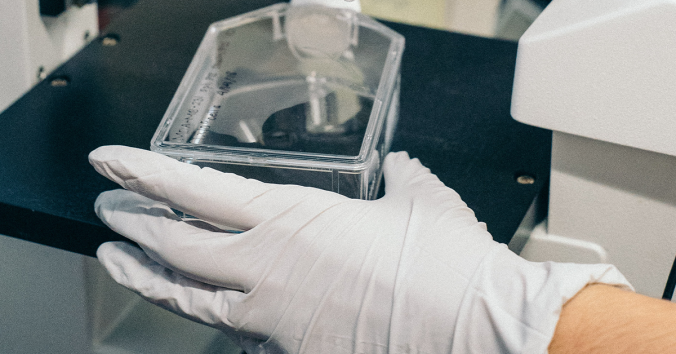The use of human embryos in stem cell research can create moral unease, as embryos are usually destroyed when researchers extract stem cells from them. If one considers the embryo as a potential life, this can be perceived as a human life opportunity being extinguished.
At the same time, stem cell research aims to support human life through the development of treatments for diseases that today lack effective treatment. Moreover, not everyone sees the embryo as a potential life. When stem cell research is regulated, policymakers can therefore benefit from current knowledge about the public’s attitudes to this research.
Åsa Grauman and Jennifer Drevin recently published an interview study of perceptions among the Swedish public about the use of donated embryos for the treatment of Parkinson’s disease. The focus in the interviews on a specific disease is interesting, as it emphasizes the human horizon of stem cell research. This can nuance the issues and invite more diverse reasoning.
The interviewees were generally positive about using donated surplus embryos from IVF treatment to develop stem cell treatment for Parkinson’s disease. This also applied to participants who saw the embryo as a potential life. However, this positive attitude presupposed a number of conditions. The participants emphasized, among other things, that informed consent must be obtained from both partners in the couple, and that the researchers must show respect and sensitivity in their work with embryos. The latter requirement was also made by participants who did not see the embryo as a potential life. They emphasized that people have different values and that researchers and the pharmaceutical industry should take note of this.
Many participants also considered that the use of embryos in research on Parkinson’s disease is justified because the surplus embryos would otherwise be discarded without benefit. Several also expressed a priority order, where surplus embryos should primarily be donated to other couples, secondarily to drug development, and lastly discarded.
If you want to see more results, read the study: Perceptions on using surplus embryos for the treatment of Parkinson’s disease among the Swedish population: a qualitative study.
I would like to mention that the complexity of the questions was also expressed in such a way that one and the same person could express different perceptions in different parts of the interview, and switch back and forth between different perspectives. This is not a defect, I would say, but a form of wisdom that is essential when difficult ethical issues are discussed.

Written by…
Pär Segerdahl, Associate Professor at the Centre for Research Ethics & Bioethics and editor of the Ethics Blog.
Grauman, Å., Drevin, J. Perceptions on using surplus embryos for the treatment of Parkinson’s disease among the Swedish population: a qualitative study. BMC Med Ethics 23, 15 (2022). https://doi.org/10.1186/s12910-022-00759-y
Ethics needs empirical input


